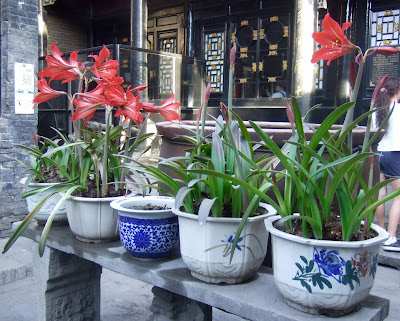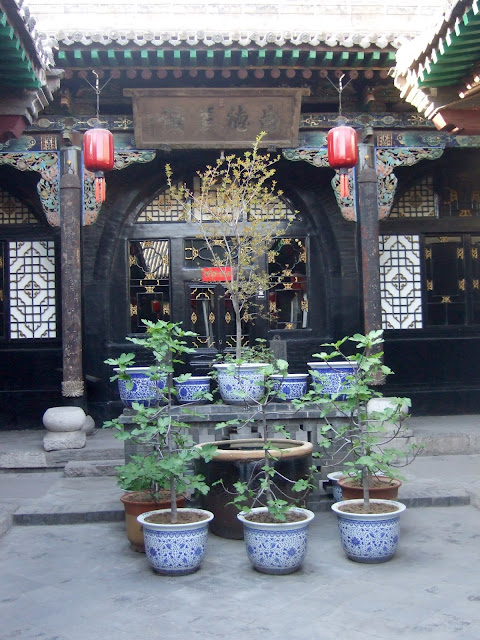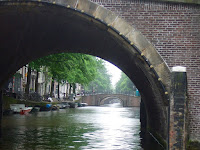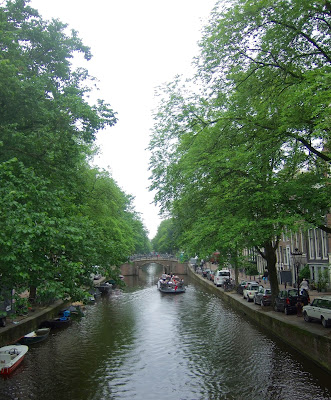Turning your back to the windows, you find that ivy has penetrated the elegant rooms. In the portego, the great hall intended for receptions and entertainment in old Venetian palaces, its green branches bring life under a sumptuous Murano glass chandelier, among marble busts and sofas frozen in a perfect past. The evergreen ivy, promise of a perpetual spring, flows on the floor and covers the walls. Just the Allegory of Aurora, the delicate fresco of the goddess of the Dawn painted on the ceiling, seems to remind you of the passage of time.
Italian artist Elisabetta Di Maggio has patiently treated and stabilised the branches of ivy. Their bold green has turned into a soft brown and the leaves, finely cut with the scalpel, have become an intriguing embroidery that, traversed by light, reveals their venations.




Time, patterns and nets are themes explored in the exhibition with different materials, such as cabbage leaves on a root table, a bobbin of tissue paper and a plaster wall cut with scalpel, or a medical gauze covered with liquid porcelain and then perforated.
In the garden, the day goes on in the heat of the summer day. There are lotus flowers in the small pond, papyrus bending against a stone lion, and the refreshing sound of the water mixed with that of chatting and laughing in the café.



Photos:
TravelinaGarden, Venice, June 2017
Link:
Elisabetta Di Maggio
Almost Transparent Nature - Natura quasi Trasparente
10 May – 24 September 2017
Fondazione Querini Stampalia | Museo Querini Stampalia
Campo Santa Maria Formosa, Castello 5252 Venice
http://www.querinistampalia.org/
TravelinaGarden, Venice, June 2017
Link:
Elisabetta Di Maggio
Almost Transparent Nature - Natura quasi Trasparente
10 May – 24 September 2017
Fondazione Querini Stampalia | Museo Querini Stampalia
Campo Santa Maria Formosa, Castello 5252 Venice
http://www.querinistampalia.org/















